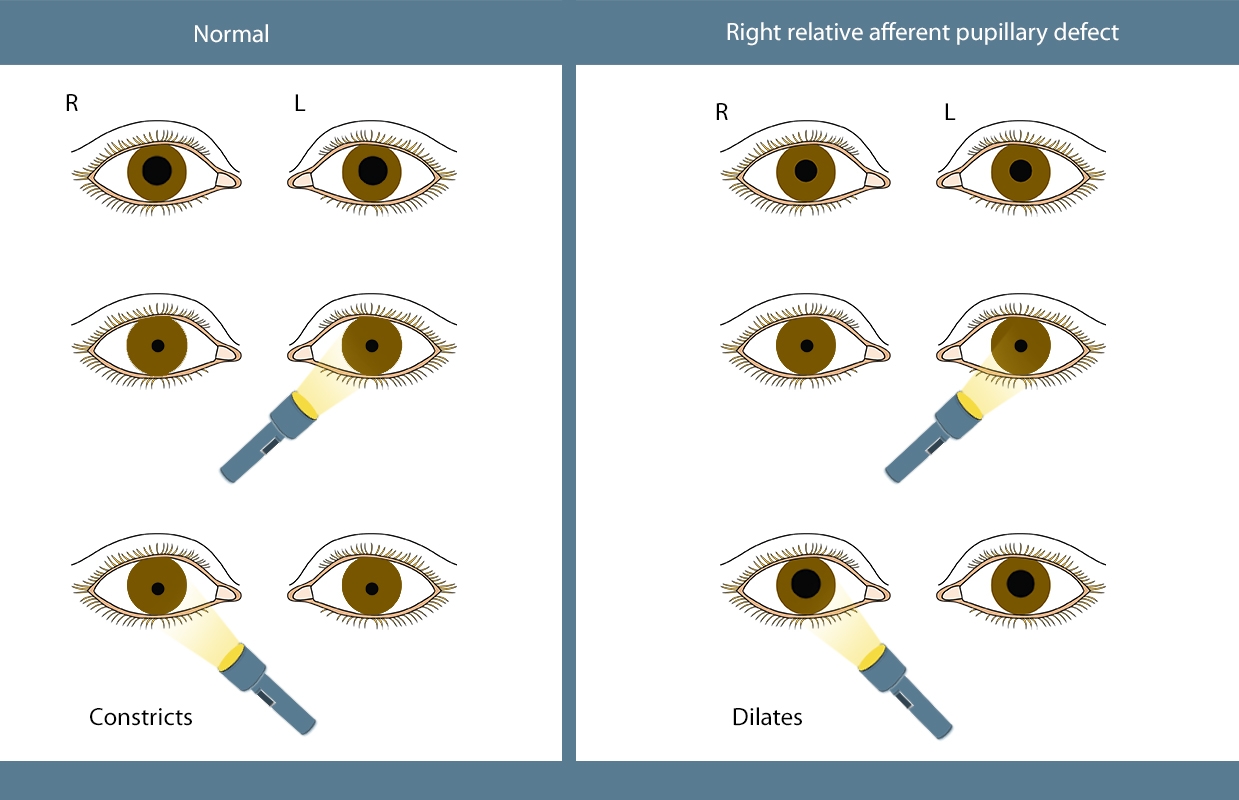The Definitive Guide to Evaluating Pupillary Reaction: How to Measure Pupil Size and Use Neurological Tools?
3 min read
Table of Contents

As a medical professional, understanding the intricacies of pupillary reactions is crucial to accurately diagnosing and treating neurological conditions. The pupil evaluation is a measure of the size of the pupil in response to various stimuli.
This comprehensive guide will delve into the various methods and tools available for evaluating pupillary reaction, including how to measure pupil size and the use of neurological tools.
Whether you’re a seasoned veteran or new to the field, this guide will provide the knowledge and tools needed to effectively evaluate pupillary reactions and make accurate diagnoses.
Understanding Pupillary Reaction
The pupillary reaction, also known as the pupillary light reflex, is the contraction or dilation of the pupils in response to changes in light levels. This reflex, controlled by the parasympathetic and sympathetic nervous systems, plays a crucial role in maintaining proper vision and can also be used as an indicator of neurological function.
Factors Affecting Pupillary Reaction
Several factors can affect the pupillary reaction, including age, medications, and certain medical conditions. For example, as we age, our pupils become less responsive to changes in light. Certain medications, such as antihistamines, can also affect the pupillary reaction. Neurological conditions such as Parkinson’s disease can cause abnormalities in pupillary responses.
Measuring Pupillary Reaction
The pupillary reaction is typically measured using a neurological tool called an NPi pupilometer. This device uses infrared technology to calculate the size of the pupils in response to changes in light. The NPi pupilometer is a non-invasive, easy-to-use tool that can provide valuable information about a patient’s neurological function.
It is important to note that the pupilometer is just one of many neurological tools doctors can use to evaluate a patient’s condition. Other tools, such as electroencephalograms (EEGs) and magnetic resonance imaging (MRI) scans can also provide valuable information about the brain and nervous system.
Measuring Pupil Size
One of the most important factors to consider in evaluating pupillary reaction is pupil size. Pupil size can provide valuable information about a patient’s neurological status and can be used during a neuro exam for diagnosis and treatment. In this section of our definitive guide, we’ll explore the different methods for measuring pupil size.
Different Methods for Measuring Pupil Size
There are several different methods for measuring pupil size, including the millimetric ruler, penlight, and pupilometer. Each method has its own set of advantages and disadvantages, and the choice will depend on the specific situation and the available equipment.
The millimetric ruler method is the most basic and requires only a millimetric ruler. However, it is not as accurate as the other methods and can be affected by lighting and patient movement.
The penlight method is more accurate than the millimetric ruler and is often used in clinical settings. It requires a penlight and a measuring device such as a millimetric ruler or a pupilometer.
The pupilometer is the most accurate method for measuring pupil size and is often used in research settings. It uses infrared technology to measure the size of the pupils and can provide a precise measurement within a fraction of a millimeter.
Common Conditions and Diseases Affecting Pupillary Reaction
Pupillary reaction, the pupils’ response to light and other stimuli can be affected by various conditions and diseases. Understanding these conditions and how they affect pupillary reaction is vital for an accurate evaluation of pupillary reaction.
Common Conditions and Diseases Affecting Pupillary Reaction
Some of the most common conditions that can affect pupillary reaction include:
- Neurological disorders such as multiple sclerosis, brain tumors, and traumatic brain injury
- Ocular diseases such as cataracts and glaucoma
- Medications that dilate or constrict the pupils, such as certain antidepressants and anti-anxiety medications
How to Identify These Conditions and Diseases Based on Pupillary Reaction
To accurately identify conditions and diseases that may be affecting pupillary reaction, it’s crucial to measure pupil size and evaluate the response to light and other stimuli. This can be done using neurological tools such as the pupillometer or the penlight test. Healthcare professionals can better understand any underlying conditions or diseases affecting pupillary responses by measuring pupil size and evaluating the reaction to light.



